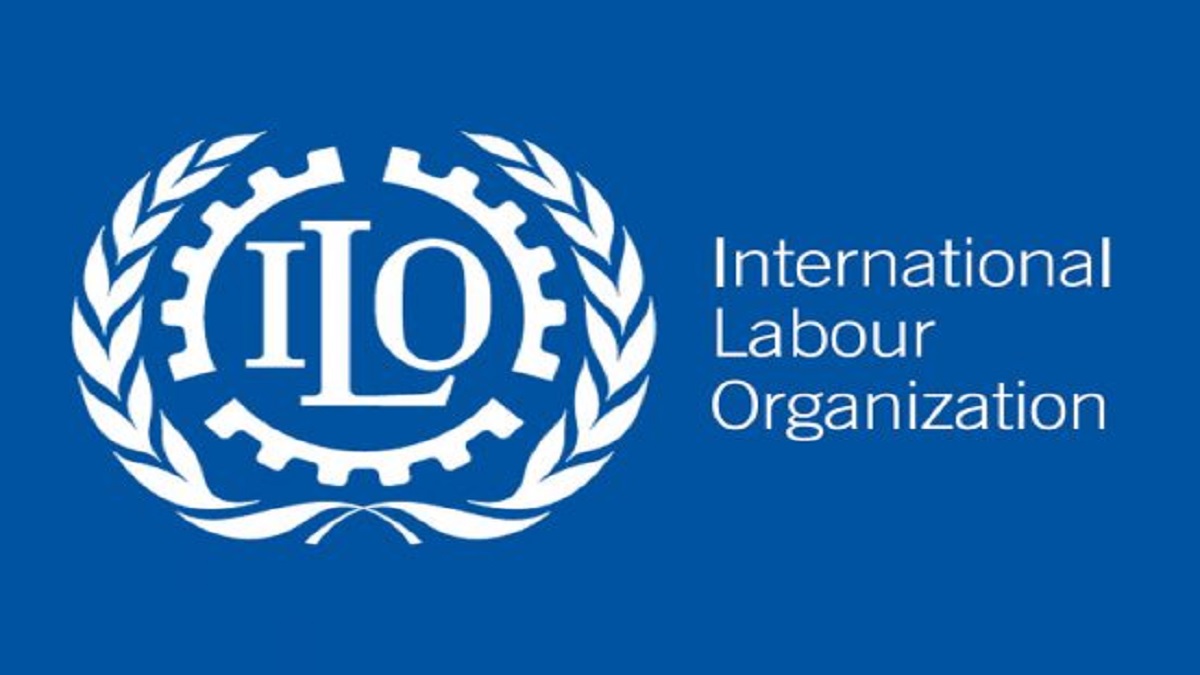
Even as there is no clarity as to when the economy will start functioning full throttle, there are now warning signals that it needs to do so soon. The International Labour Organization (ILO) came out with its report raising red flag about the kind of widespread unemployment the global economy should brace itself for. There are total 3.3 billion people in the global workforce, of which two billion are in the informal sector. The ILO’s latest report projects that half of the global workforce and 80% of those in the informal sector are at risk of losing their livelihoods. In effect, globally, widespread unemployment could be the biggest fallout of the coronavirusinduced shutdowns. “It shows I think in the starkest possible terms that the jobs employment crisis and all of its consequences is deepening by comparison with our estimates of three weeks ago,” ILO DirectorGeneral Guy Ryder told a briefing on Wednesday. ILO is foreseeing a “massive” poverty impact as a direct consequence of the Covid-19 shutdowns.
The report indicates the sheer risk that vulnerable sections are exposed to in postCovid economic turmoil. “For millions of workers, no income means no food, no security and no future. Millions of businesses around the world are barely breathing,” said Ryder. “They have no savings or access to credit. These are the real faces of the world of work. If we don’t help them now, they will simply perish.” Ryder echoed concerns by policymakers across the world, and in India, about the need to cushion the impact on the vulnerable sections of society. The ILO report also raised concerns about small businesses that need help in these extraordinary times — both in terms of credit and some other provisions. The UN body said nearly 436 million enterprises — which include businesses as well as self-employed ones — face “high risks” of disruption. This indicates the extent of policy measures that will have to be taken by the government in the next few weeks and even months. While the first set of measures — in terms of access to food and direct benefit transfer — does address some of the primary concerns of hunger and starvation, issues related to loss of livelihoods persist.
The gradual lifting of restriction to start manufacturing activity, coupled with adequate policy measures, will be the key. Worst-hit sectors right now are manufacturing, travel and tourism which have the potential to create many jobs and wholesale and retail trade. Another worrying trend the ILO highlighted was the decline in the total working hours in the second quarter — expected to be 10.5 per cent, which is equivalent to 305 million full-time jobs, as compared with last precrisis quarter. The previous ILO estimate on April 7 has said disruptions would wipe out labour equivalent to the effort of 195 million workers, or 6.7% of hours clocked worldwide. In three weeks, the ILO has revised downwards its own projection about how wages are likely to be hit. Full recovery will depend on how soon the economy picks up in second half of the fiscal year. The medical fraternity is striving hard to find a vaccine, but economists and policymakers don’t have the option of waiting till then.